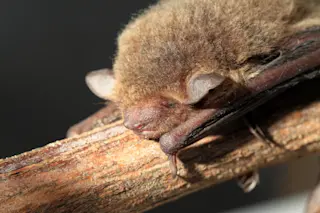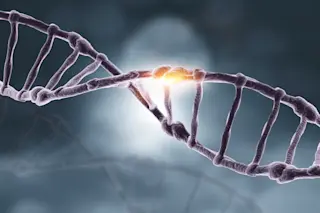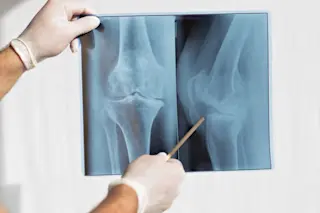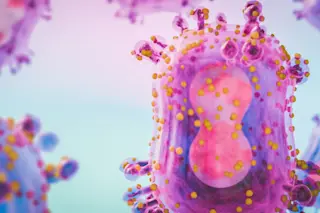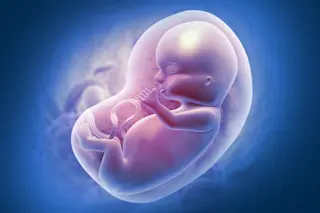Recently an evolutionary geneticist told me that his colleagues who worked with mice really didn't have their stuff together. Actually, his language was a touch more colorful than that. But the gist of the argument seemed plausible enough to me. I tend to avoid reading papers using the mouse as a model organism in genetics because I recall getting confused by the pedigrees and various strain acronyms and abbreviations (nonstandard acronyms and abbreviations have also been a problem for me whenever I try to read developmental genetics). If I want to look at the genetics of a mammal besides a human being I often like to focus on dogs. The breeds of dogs actually mean something to me. There's only so many skinned mouse hides I want to stare at.
With all that said there is a huge scientific complex devoted to the mouse. If the house of mouse is ...






